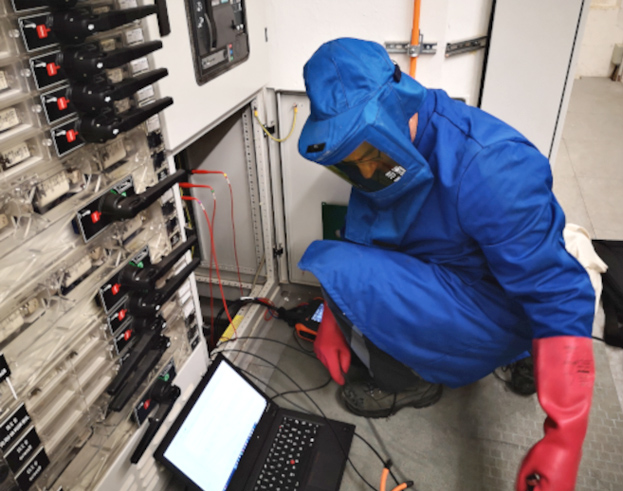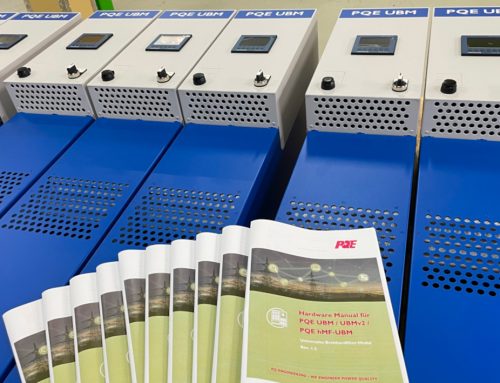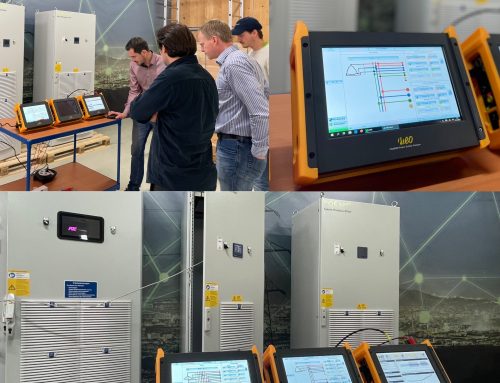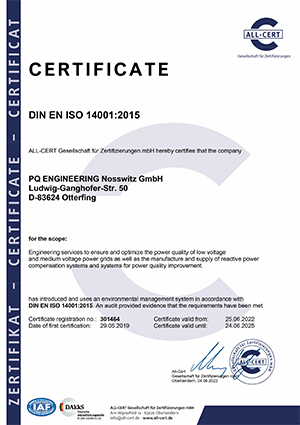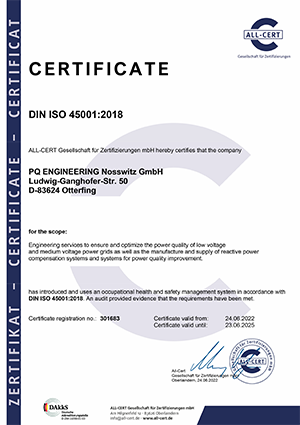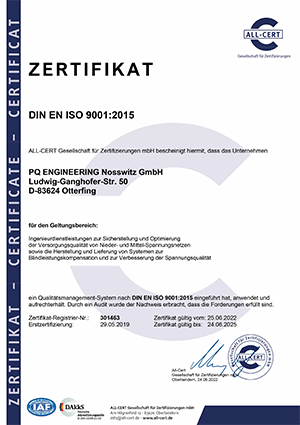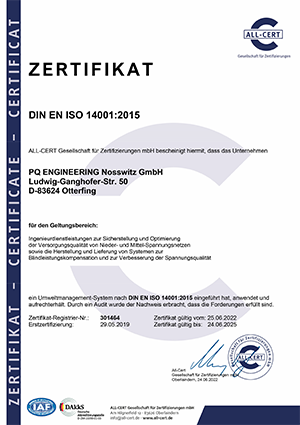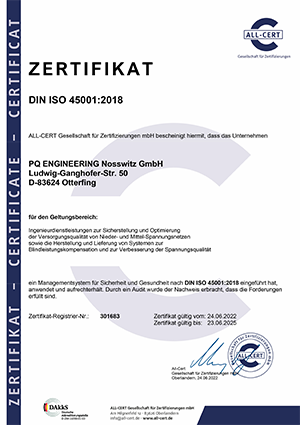Charging station in parking garages and office parking lots
The increase in electromobility is leading to an increasing demand for charging stations outside the private sector. Increasingly, there is a desire to install charging stations in parking garages and office parking lots. The question often arises as to whether the existing electrical connection has sufficient power reserves or whether there is a risk of current overload.
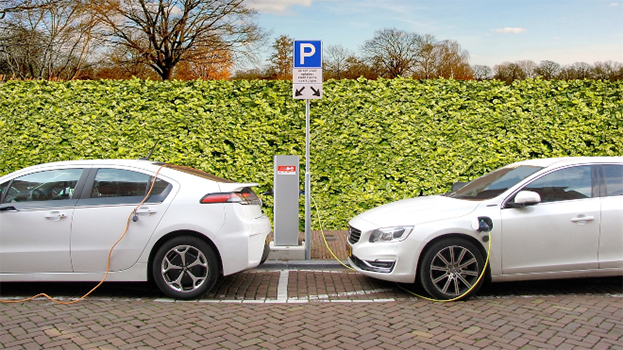
Image of (Joenomias) Menno de Jong at https://pixabay.com
Example of power measurement
To help you understand this, let’s take an example project where we did a performance measurement.
Figure 1 shows the electricity consumption of a classic office building (approx. 200 employees) with the usual consumers, operating states and canteen operation. The red limit line at 200 A corresponds to the fuse protection of the house connection.
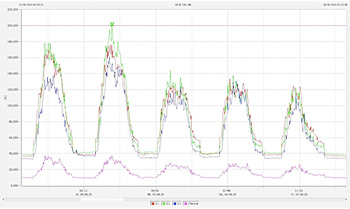
Figure 1: Time course of electricity consumption
The clearly visible midday peak is now already leading to full load on the main fuse. However, it can be seen that most of the time there is still free capacity where charging of e-cars is possible without any problems.
Table 1 provides an overview of typical charging stations and their power consumption.
In our considered example, parallel operation of 5 charging stations of type 2 with 11 kW charging power would be possible most of the time.
| Type | Charging power | Electricity purchase |
|---|---|---|
| Type 2 | 11 kW / 22 kW / 43 kW | 16 A / 32 A / 63 A |
| CCS | 50 kW | 72 A |
| CHAdeMO | 22 kW / 50 kW | 32 A / 72 A |
| Supercharger | 135 kW | 200 A |
Table 1: Overview of typical charging stations
Modern charging systems usually offer the option of active load management in order to make optimum use of the free capacity of the house connection.
We analyze and you operate!
It is obvious that as a basis for the planning of charging stations, a power measurement must take place.
PQ ENGINEERING has high quality mobile power analyzers and specially trained personnel who can perform measurements with suitable protective equipment without the need to disconnect the connection.
Based on our comprehensive graphical and written evaluations, electrical contractors can prepare an energy management concept for your plant.
In addition, when evaluating your measurement, we assess the network quality prevailing on site and draw your attention to possible sources of interference in your network.
